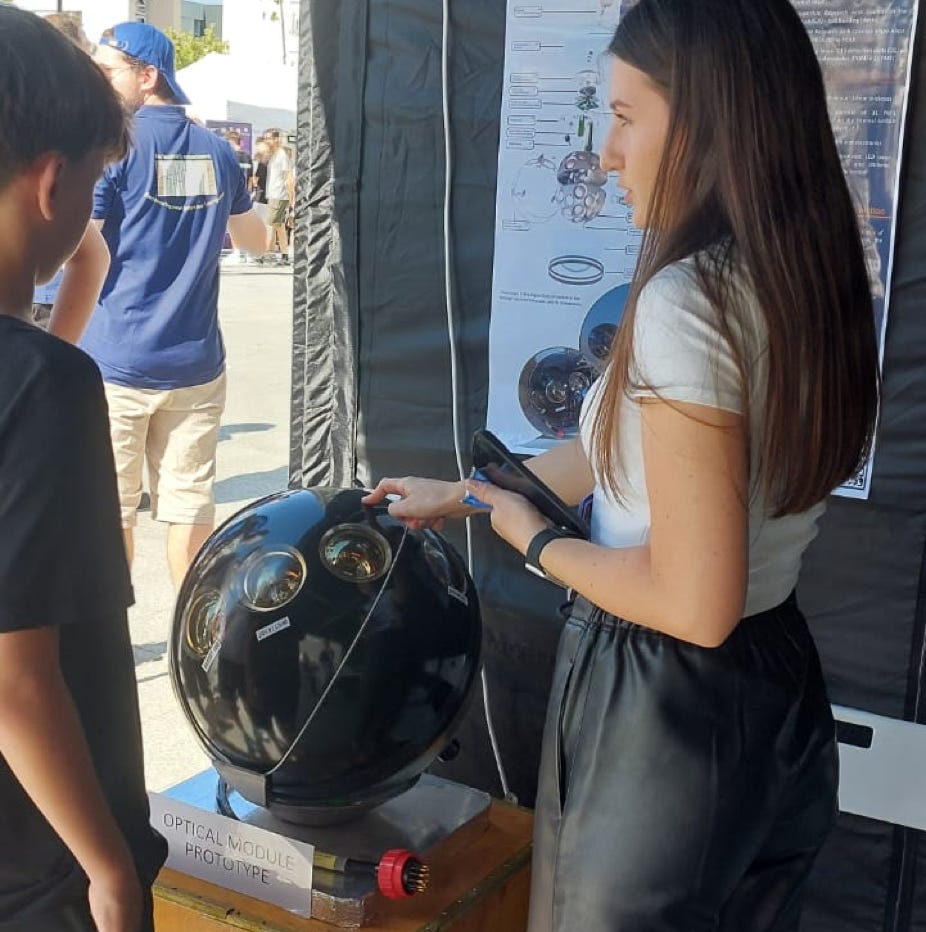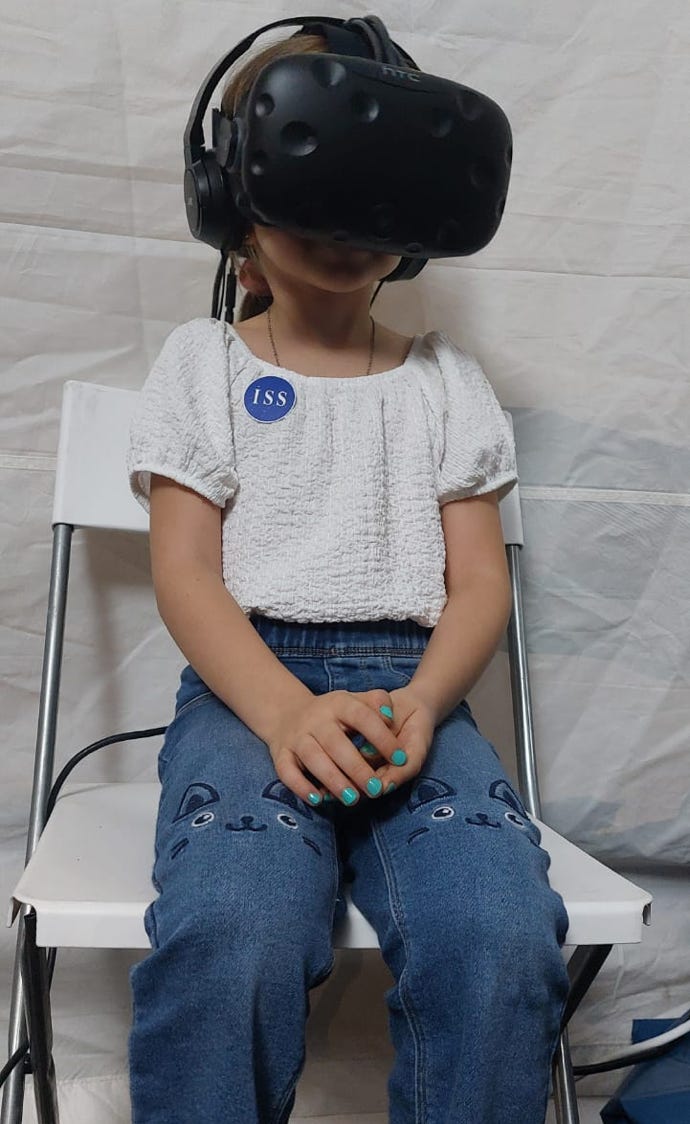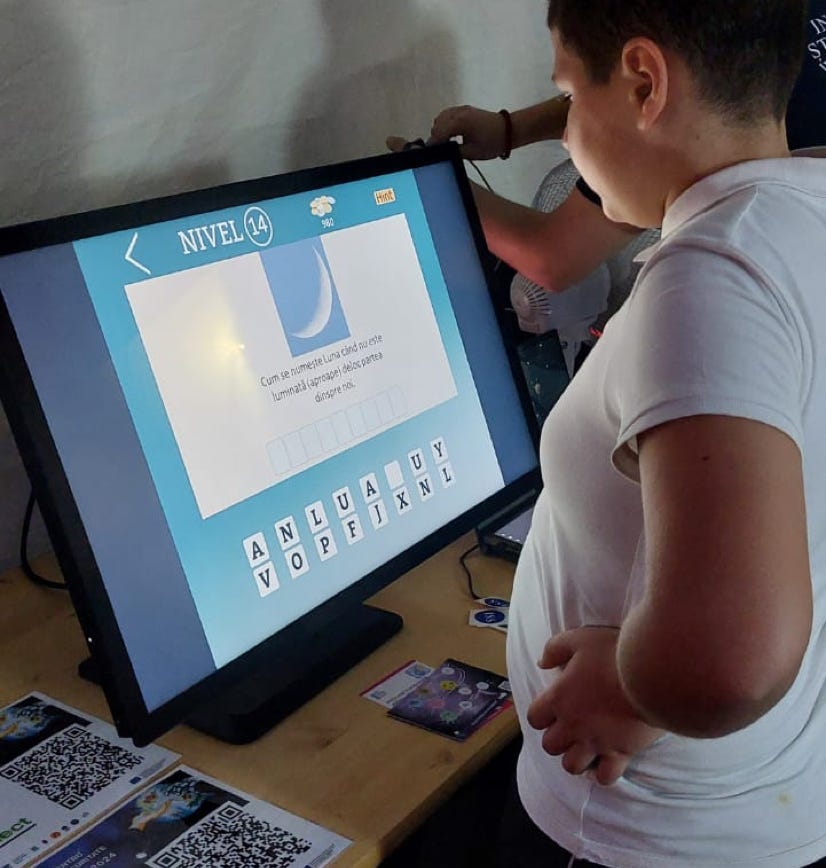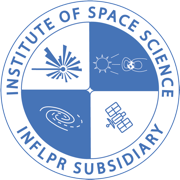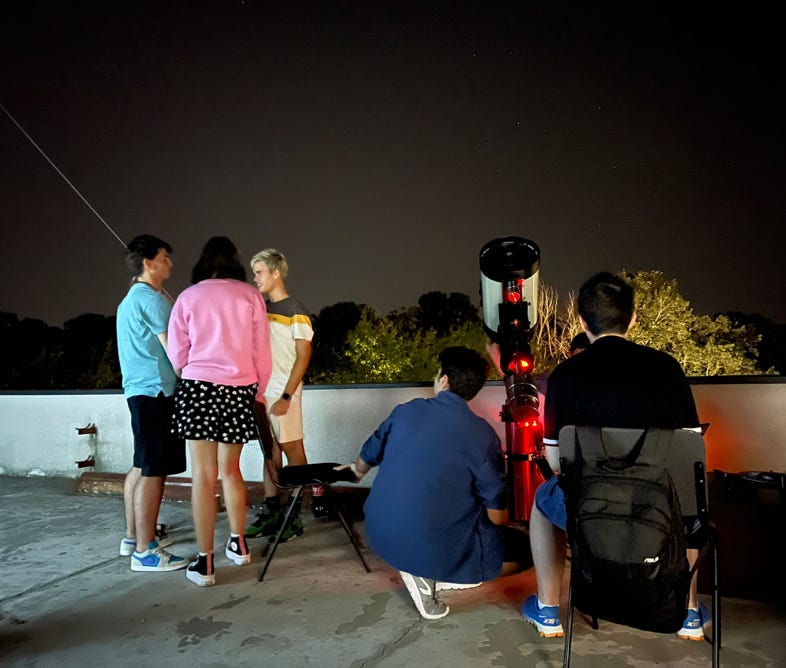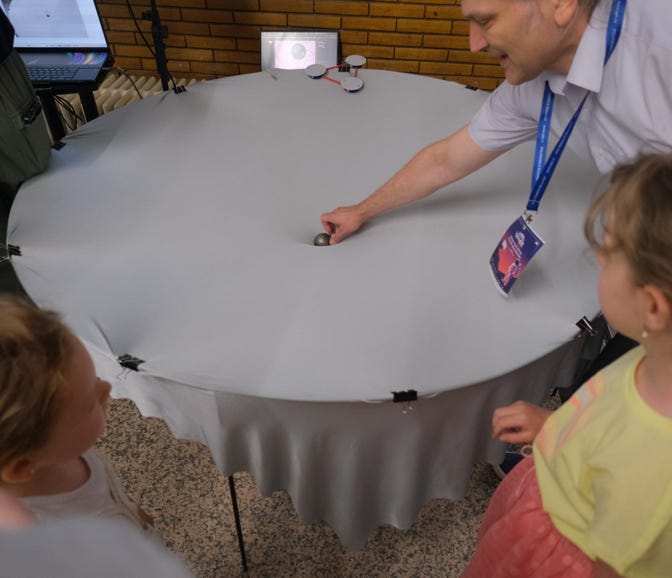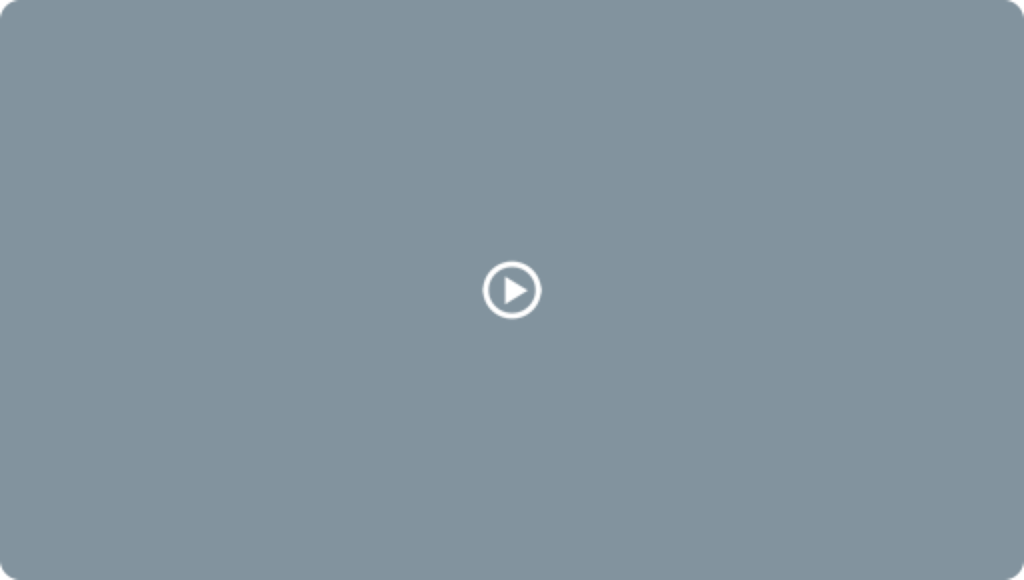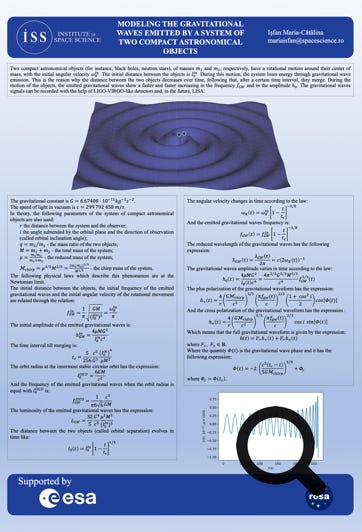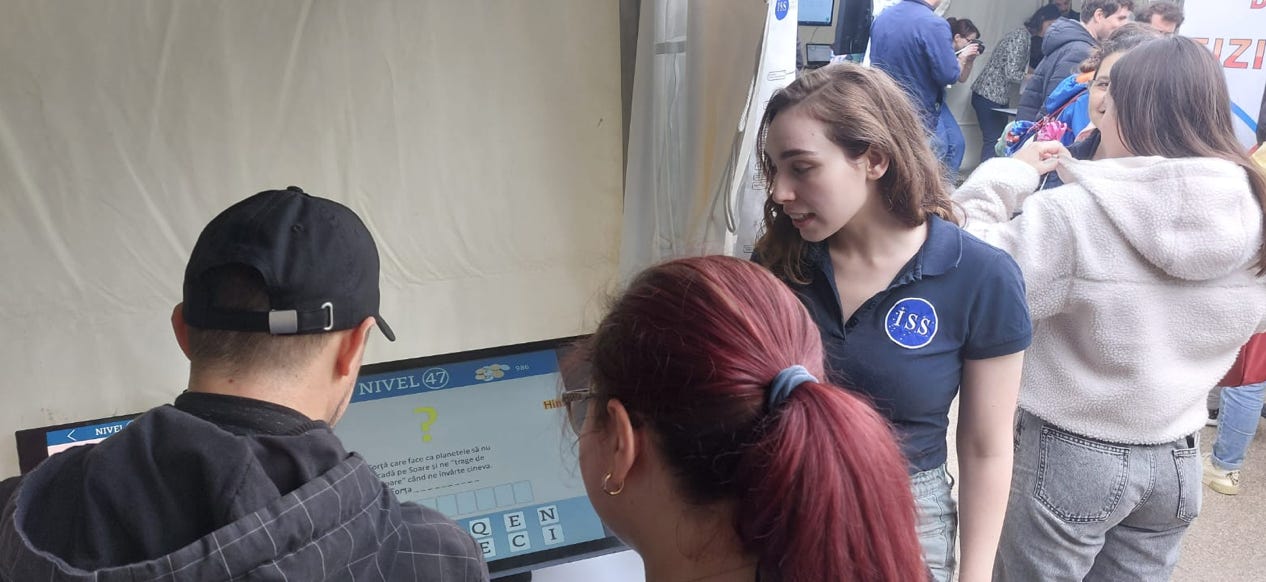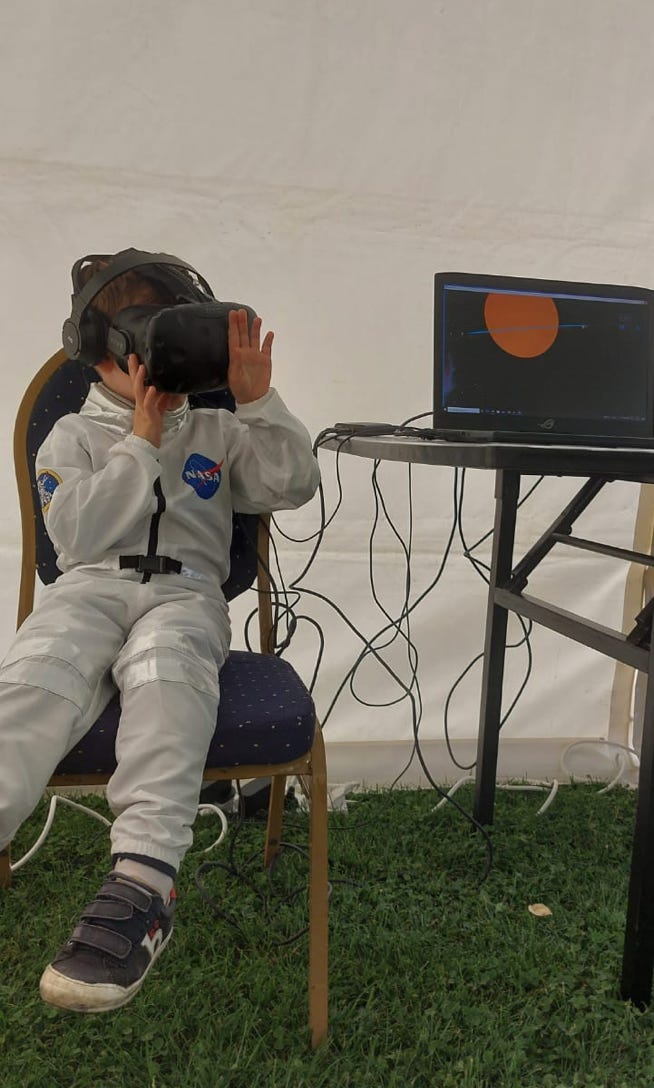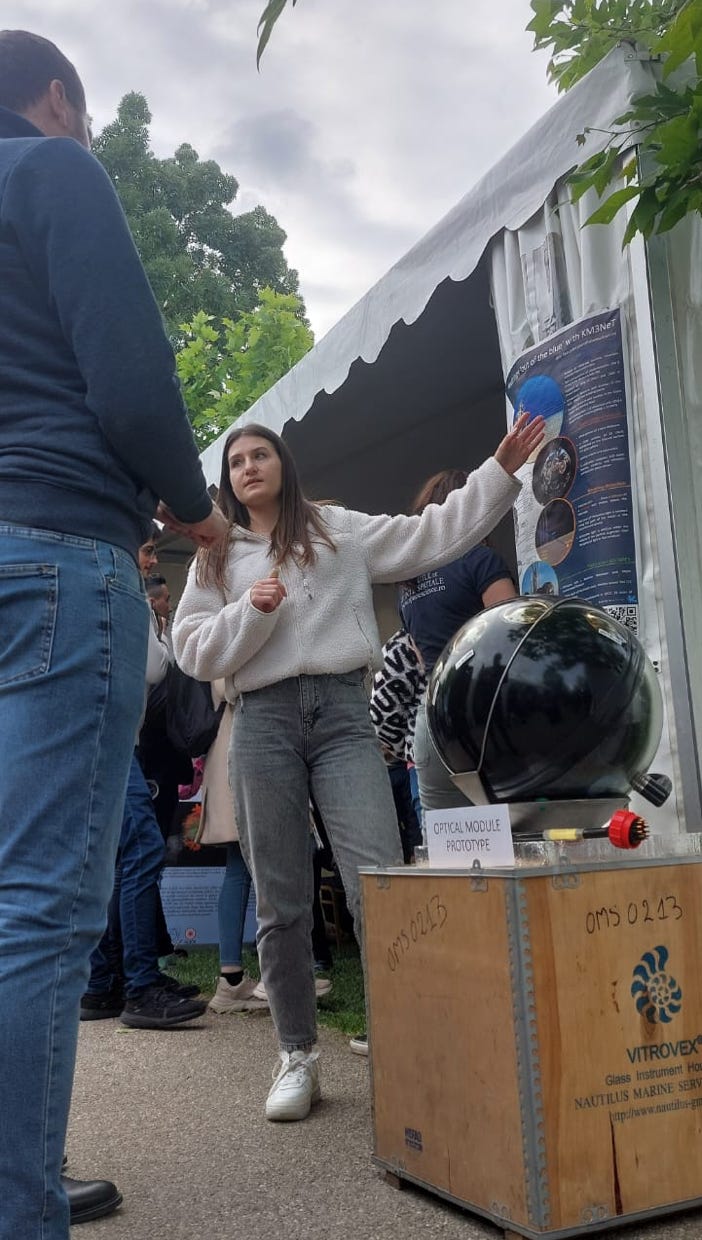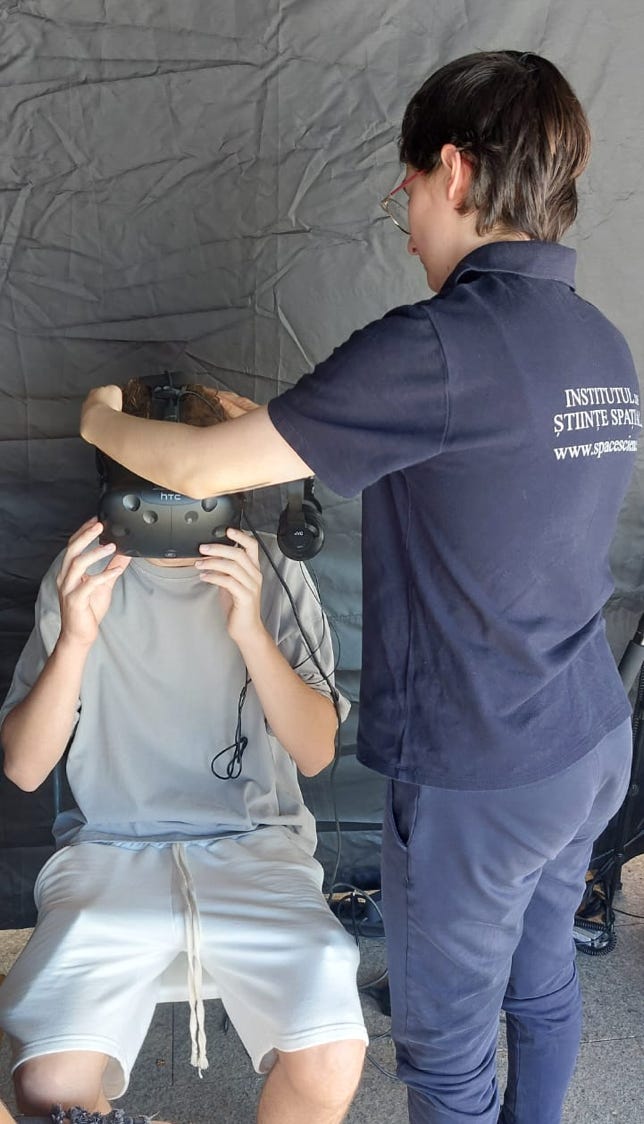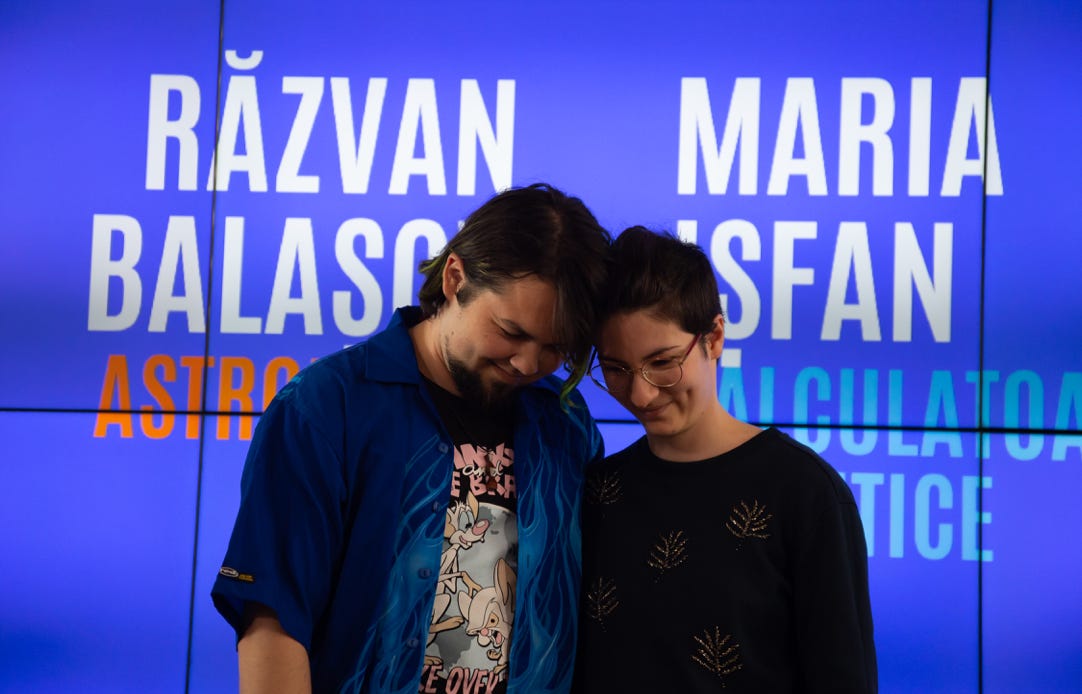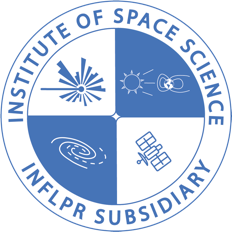From August 23rd to September 4th, our team has the privilege of hosting and mentoring a group of high school students as part of the 7th edition of the Magurele Science and Technology Summer School (MSciTeh). This year, the summer school's theme was "The Applications of Science for Security and Safety," a subject that allowed students to explore the intersection of cutting-edge science and real-world applications.
Our specific focus within this broader theme was on "Space Safety - Detecting Asteroids from Astronomical Observations." Over the course of the summer school, the students learned about the importance of tracking near-Earth objects and the technology used to detect them.
Throughout the program, the students assisted to a variety of presentations by their mentors, covering essential topics in astronomy, astrophysics, and data analysis. They worked collaboratively in teams, developing both their technical skills and their ability to communicate complex scientific ideas effectively. The interaction was a two-way street; as mentors, we were constantly inspired by the students' enthusiasm, curiosity, and fresh perspectives.
One of the highlights of the summer school was the night of August 26th, when students, accompanied by some of their mentors, engaged in hands-on astronomical observations. Using an ATIK 16200 CCD camera, they captured images of the asteroid 16 Psyche. These images were then processed and analyzed as part of their research projects. This practical experience gave the students a taste of real-world scientific research and the challenges that come with it.
As the program draws to a close, we cannot wait to assist the students' presentations on September 3rd. During this session, they will showcase their research findings, which will be evaluated by participating STEM teachers and researchers. Each research topic will nominate a mentor, who will participate in the voting process as part of the judging procedure.
The "Magurele Science and Technology Summer School" has once again proven to be an incredible platform for nurturing young scientific talent. The knowledge, skills, and experiences gained by the students during this program will undoubtedly serve as a strong foundation for their future academic and professional endeavors. We are proud to have been a part of their journey and look forward to seeing where their passion for science takes them next.
